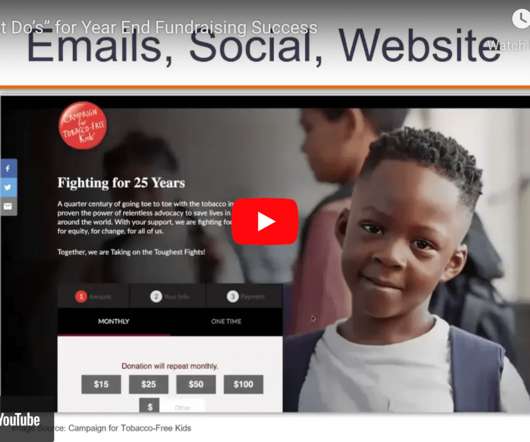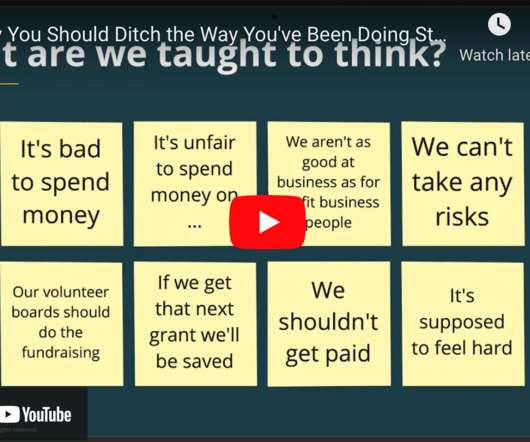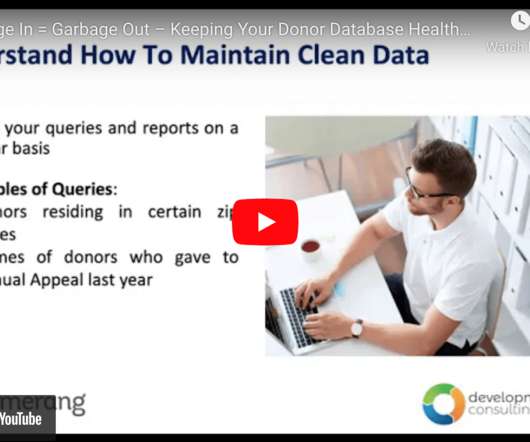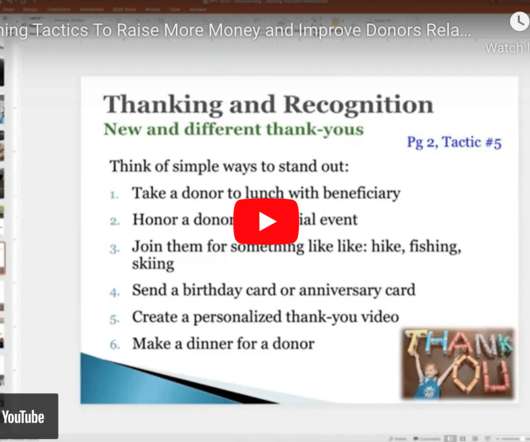Captivology: The Science of Capturing People’s Attention
Beth's Blog: How Nonprofits Can Use Social Media
MARCH 3, 2015
The book shares how and why our mind pays attention to some events, ideas, or people and not others. Parr uses the metaphor of building a fire to describe how capturing attention works. There are three stages starting with ignition, what captures immediate attention. It is based on reciprocity.






























Let's personalize your content